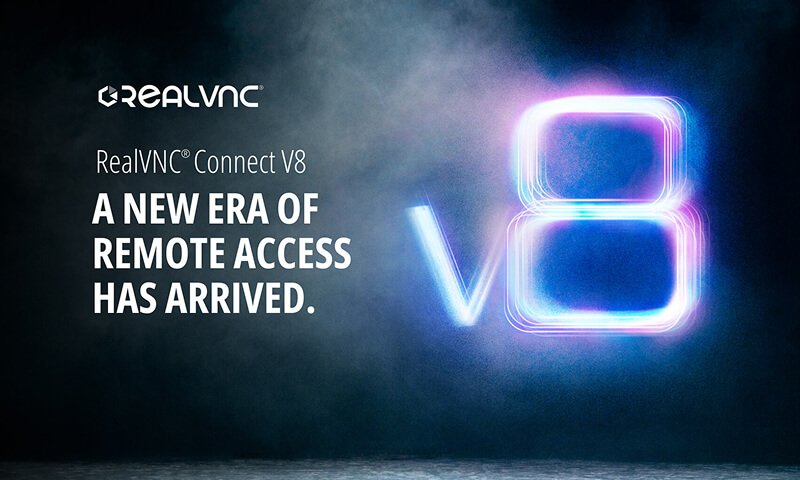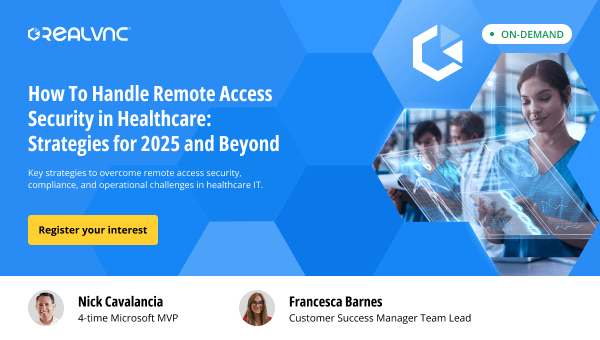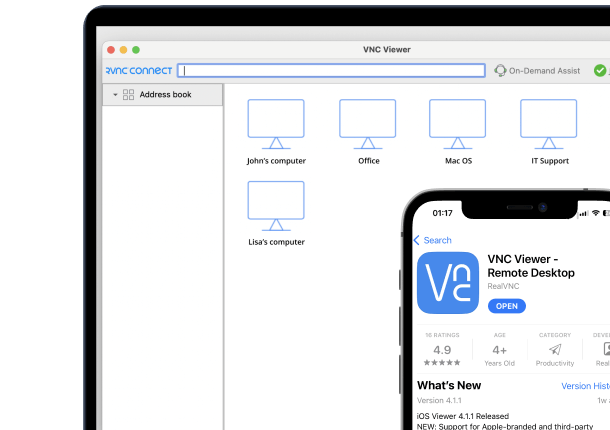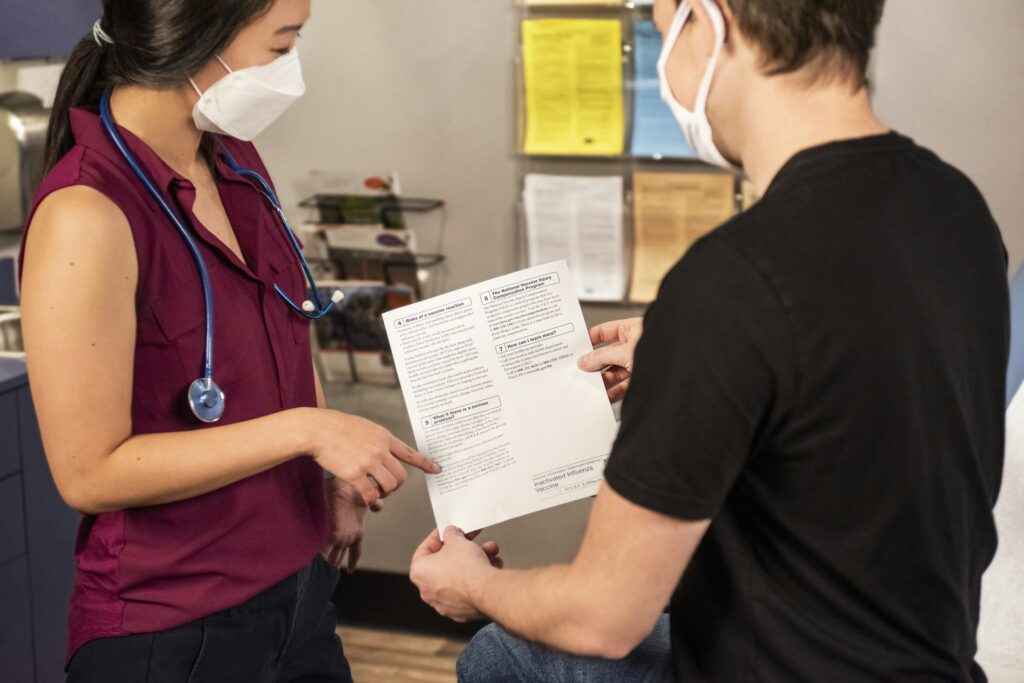
Healthcare organizations need remote access to help deliver patient care and support telehealth services. It’s a way to help staff access medical systems from different locations, no matter where they are. This change has increased security risks, making strong protection measures essential for protecting patient data.
A good remote access policy maintains compliance. It enables you to protect electronic protected health information, and keeps operations running smoothly. This guide assists healthcare providers to create effective policies that meet industry standards while supporting medical care.
What is a Remote Access Policy for a Healthcare Provider?
A remote access policy for a healthcare provider sets secure rules for how workforce members and business associates access medical health systems. Authorized vendors also need to access medical systems, patient records, and healthcare apps from outside locations. All of this should be catered for as part of your remote access security policy.
This policy defines requirements and login methods, as well as access controls for healthcare environments. This is where protected health information and patient privacy are critical.
Healthcare policies are different from regular business policies. The main reasons are because of strict rules under HIPAA, HITECH Act, and other healthcare laws.
These policies must handle emergency access, clinical workflow needs, and patient care continuity. All while keeping strong protection mechanisms in place. Remote access user’s’ responsibility includes following procedures and keeping the similar levels of protection as on site access.
Importance of Remote Access Policy for Healthcare Providers
The growth of telehealth and remote healthcare has made the need for secure connectivity solutions that much higher. Healthcare data breaches cost an average of $10.93 million per incident. Poor security practices can result in HIPAA fines from $100 to $50,000 per violation, potentially reaching millions for serious breaches.
HIPAA compliance requires strict privacy rules for all digital connections in healthcare. These policies help healthcare organizations stay compliant and can still allow flexible work and emergency response.
Good policies protect patient trust and prevent disruptions while protecting organizational reputation. Healthcare providers without proper policies are at higher risk for more cyberattacks, lost patient confidence, and serious legal and financial problems.
Essential Components of a Remote Access Policy for a Healthcare Provider
A strong healthcare policy needs multiple layers to protect patient information properly. Multi-factor authentication (MFA) is one of the cornerstones of security, giving only authorized people access to clinical systems.
Role-based access controls affect application access depending on what that person does at work, and it stops unauthorized access for systems they aren’t allowed to view. Remote access has to be secure if your systems have private information about patients.
AES-256 encryption protects confidential information, making it impossible for outside parties to access.
Zero-trust frameworks continuously check remote access user identities and device status before allowing access to healthcare systems. Separating networks isolates different areas, and limits breach impacts, protecting important systems from being disrupted and having data stolen.
Managing Temporary Remote Access and Permanent Remote Access
Healthcare organizations must tell the difference between one time remote access for short-term needs, and always available remote access for regular workforce members. Temporary access requires granting prior approval and strict time limits, while permanent access needs background checks and ongoing training.
All remote access user privileges must be strictly controlled through defined business processes.
Other elements are:
- Automated Intrusion Detection Systems
- Session Monitoring
- Automatic Timeouts
- Secure VPN Connections
- Device Checks
Remote users must understand that personal media usage like USB thumb drives, cellphone and tablets is not allowed when accessing healthcare systems. System support teams must put systems in place that disable USB ports, remove CD/DVD drives, or any other way of copying data from a system.
How RealVNC Connect Ensures Compliance with Remote Access Policies for Healthcare Providers
RealVNC Connect provides healthcare organizations with secure connectivity designed for healthcare compliance requirements.
The platform uses AES-256 encryption for all granted remote access sessions, which ensures protected health information stays secure, while preventing attempts to circumvent established procedures and safeguards.
Supporting Business Associates and Third-Party Access
RealVNC Connect enables secure remote access offers for vendors that provide product and technical support, while maintaining appropriate business associate agreements.
The solution provides detailed remote access session logs for security, and can detect unusual activity, which also supports compliance reporting. RealVNC Connect works across Windows, Mac, Linux, iOS, and Android devices. Healthcare organizations get centralized controls for remote worksite management, which allows IT teams to monitor users and enforce policies where there is a defined need.
RealVNC Connect holds ISO 27001 certification and meets healthcare compliance standards. The platform includes session recording and supports systems that are needed for detailed audit trails and training programs.
Risk Management Strategies within a Remote Access Policy for a Healthcare Provider
Risk management addresses varying remote access user permissions based on defined business requirements. Some remote users need short term remote access for projects, while others require permanent access. Organizations must document varied access types and provide appropriate training.
Essential elements include incident response, procedures for transmitting data securely, software updates, and cybersecurity training. Businesses in healthcare must develop continuity plans ensuring patient care continues during incidents. Remote printer access and transferring data protocols require strictly controlled management to maintain security integrity.
Secure Authentication and Authorization Practices
Healthcare policies require multi-factor authentication for all system access, combining passwords, tokens/mobile devices, and biometric identifiers for unified security. This reduces unauthorized access security risks, allowing only legitimate users to access patient information. Remote access users must understand their responsibility to maintain protocols.
Managing Access Rights and User Responsibilities
Single sign-on (SSO) solutions enable healthcare professionals to access multiple clinical applications through one login process. Users must understand their responsibility for maintaining confidentiality and following procedures.
User identity checks include what access remote users have, ensuring staff maintain appropriate system privileges based on current jobs. Privileged access management provides additional controls for administrative accounts. All authentication activities performed must be logged and reviewed regularly.
Real-World Example: Successful Implementation with RealVNC Connect
The MedicalBoard of California successfully implemented RealVNC Connect across 15 office locations spanning 500 miles, supporting 300+ investigators and staff. They needed secure access for workforce members working from multiple locations while maintaining HIPAA compliance. They also had the added responsibility of making sure that business associate agreements were maintained for vendors requiring product support access.
Implementation Results
RealVNC Connect achieved 99.9% uptime while reducing IT support response times by 60%. The detailed logging helped pass compliance audits, and showed strong controls and monitoring. Staff reported improved productivity through secure access to electronic health records and clinical applications.
The implementation saved $200,000 annually through reduced travel costs and improved efficiency. When granted access, staff could securely access systems needed for operations while maintaining the same level of protection as traditional access. RealVNC Connect’s session recording supported quality assurance and training programs.
Checklist: Evaluating Your Remote Access Policy
Healthcare IT pros need to check their security policies often. Look at authentication, encryption, access limits, audit records, and incident response. Make sure everything stays HIPAA compliant.
Audits examine firewall settings, VPN protection, endpoint protection, and remote access user privileges for workforce members. Regular reviews keep documentation current. Staff training ensures personnel follow procedures, including when they file prior approval requests.
Healthcare organizations must evaluate vendor certifications for compliance. Such access requires controlled documentation of approved vendors. Organizations should review vendor agreements ensuring third-party access maintains standards, including vendors offering product support and other business associates.
Wrapping Up
A remote access policy protects patient information and lets modern medical care thrive. Healthcare providers must make protection and compliance a priority in their strategies to keep patient trust and avoid penalties while ensuring operational continuity.
RealVNC Connect gives healthcare organizations with a compliant, security rich solution that meets industry requirements, varied access depending on tasks, while also supporting clinical workflow needs and IT efficiency. Adding specific organizational requirements will ensure that there is comprehensive coverage for all healthcare situations that your organization may come across.
